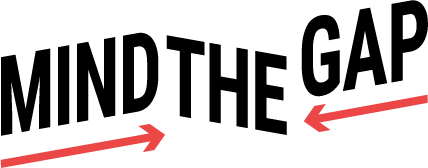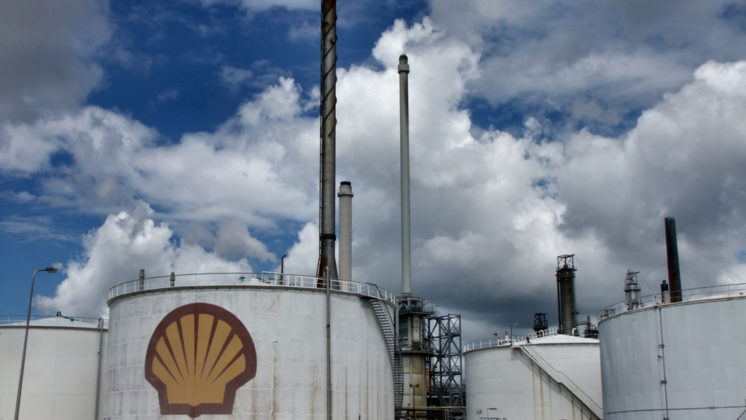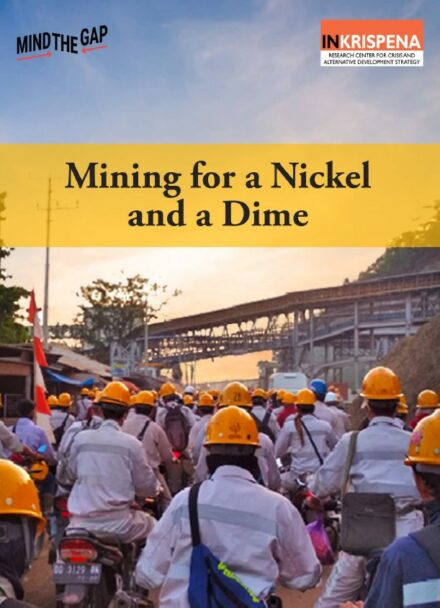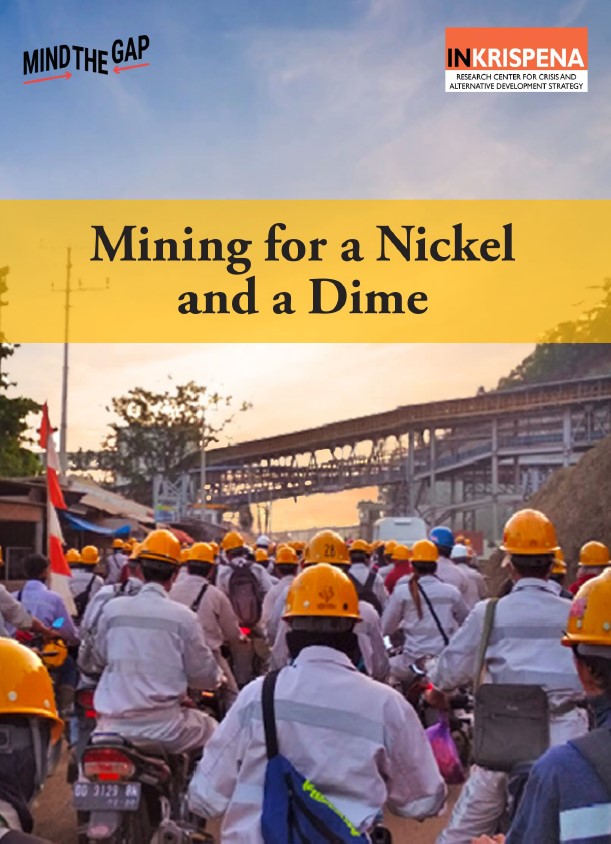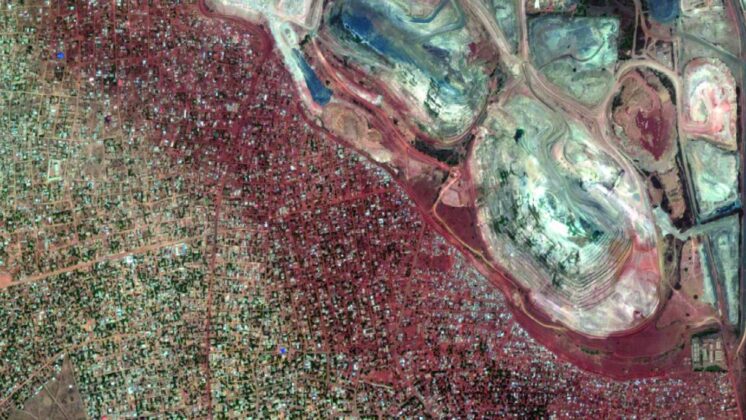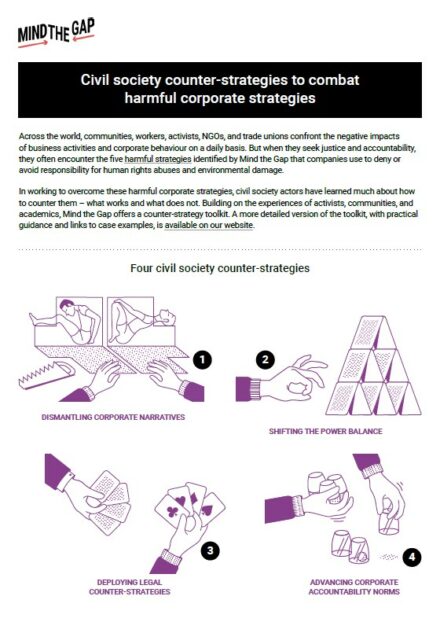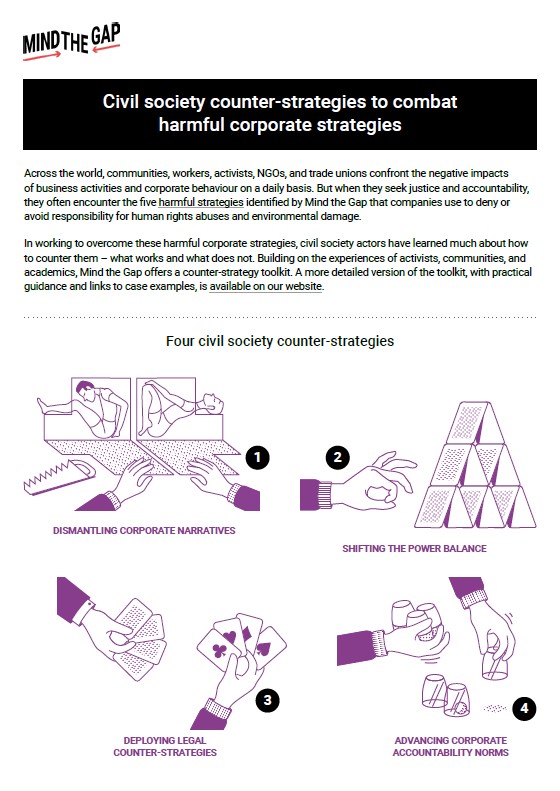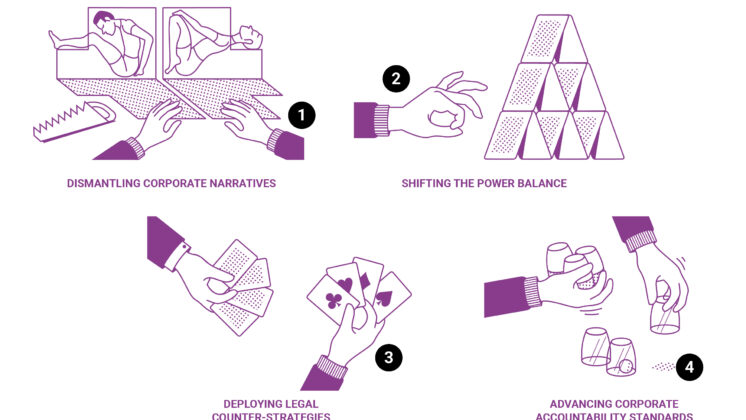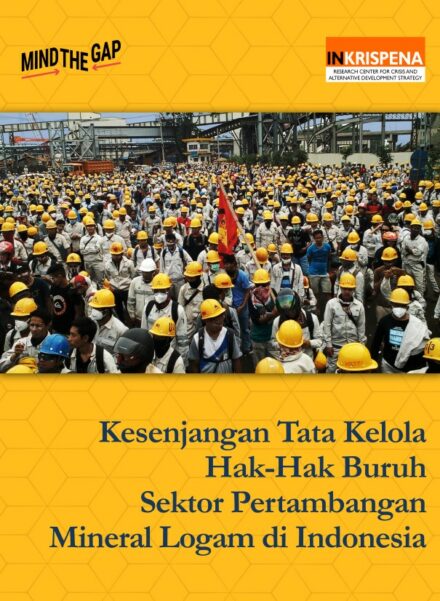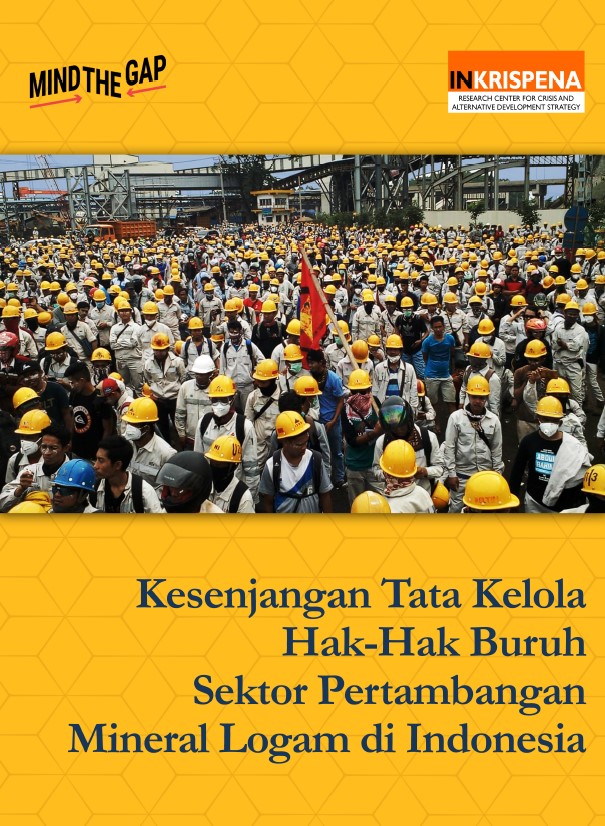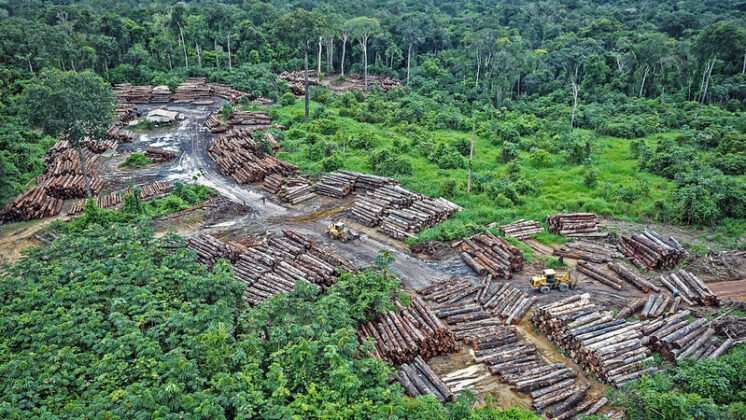Today’s mega-corporations are made up of dozens if not hundreds of separate legal entities, registered in multiple countries for multiple purposes. This corporate structure has allowed parent companies at the top of these structures to guard against liability for human rights and environmental harms by entities within their corporate group.[1]
CASE STUDY: Shell denying responsibility for Nigerian oil spills
Corporate veil
The “corporate veil” is a term used to describe the separation of a corporation from its owners. As a separate entity, a corporation or limited liability company is set up to “shield” the shareholders and directors of the corporation from personal liability for the debts or negligence of the corporation. In this sense, “piercing the corporate veil” refers to a situation in which courts put aside this limited liability and hold a corporation’s shareholders or directors personally liable for the corporation’s actions, negligence, or debts.
CASE STUDY: Unilever denying responsibility for violence at Kenyan plantation
The “corporate veil” is also used to describe a parent company as legally distinct from its subsidiaries; thereby shielding the former business entity from the debts and liabilities of the latter.[2] Parent companies have successfully argued the notions of distinct legal entity and limited liability as a defense to avoiding liability for the human rights violations by their subsidiaries. This situation thereby enables parent companies to “take profits and not responsibility” from their subsidiaries.[3]
Burden of proof
Human rights advocates have attempted to lift the corporate veil by arguing that the parent and subsidiary are in fact, if not in law, one and the same company; emphasising factors that the parent was, in fact, controlling the subsidiary. In order to prove this relationship, significant disclosure from the parent and subsidiary is needed; information that corporate entities do not readily divulge. In their defense before a civil court, lawyers representing the parent companies have almost always used the corporate veil argument together with a plea to have the claim brought against its foreign subsidiary in the state where the harm occurred (see Engaging in jurisdiction shopping). It becomes exceptionally difficult for the plaintiffs and their lawyers to prove that the parent company of a multinational enterprise domiciled in its home state bears responsibility for the harm carried out by its subsidiary in the host state (where the harm occurred).[4]
[1] Meredith Dearborn, “Enterprise Liability: Reviewing and Revitalizing Liability for Corporate Groups”, Californian Law Review 97 (2009): 195-262, https://www.semanticscholar.org/paper/Enterprise-Liability%3A-Reviewing-and-Revitalizing-Dearborn/e837f1672def9f869e39d92af168e46d46250b9e (accessed November 11, 2019).
[2] Blackburn.
[3] Nick Mathiason, “Analysis: Business Hides behind Corporate Veil on Human Rights Abuse Claims,” The Bureau of Investigative Journalism, December 9, 2011, https://www.thebureauinvestigates.com/opinion/2011-12-09/analysis-business-hides-behind-corporate-veil-on-human-rights-abuse-claims (accessed November 11, 2019).
[4] Rolf H. Weber and Rainer Baisch, “Liability of Parent Companies for Human Rights Violations of Subsidiaries,” European Business Law Review 27, no. 5 (October 2016): 669-695, http://www.kluwerlawonline.com/abstract.php?area=Journals&id=EULR2016030 (accessed November 11, 2019).
